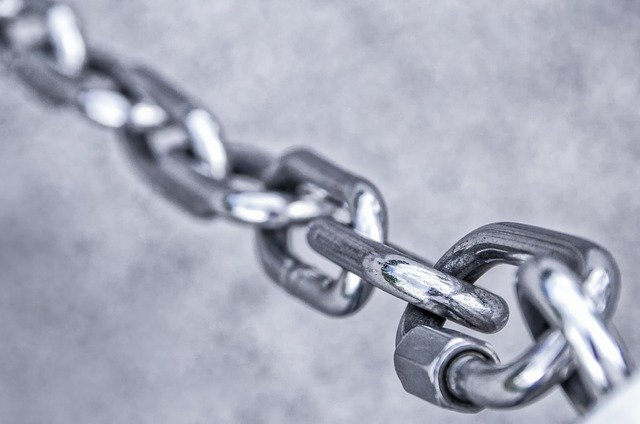Four Strategic Options for Nordic Banks to mitigate losing 700 mEUR due to PSD2 – and capture additional income on top
Starbucks is a top-10 savings bank in US covering more than 10 bn USD of deposits in their loyalty accounts to buy coffee. Swedish based Klarna – the convenient payment solution provider – is valued at 2.25 bn USD. Estonian based TransferWise who provides global near real time money transfers for consumers and corporates is valued at 1.0 bn USD. Amazon Lending launched an one-click consumer loan service in January and despite charging a hefty 16+% interest rate the business is growing rapidly. EarthPort and Ripple are disrupting corporate cross-border payments by using distributed ledger technology to by pass expensive and slow correspondent banking infrastructures. And the list goes on… The bottom line is that banks are losing market share quicker than ever but also, leaving a lot of money on the table that new and more agile players are stealing day by day.
Bad news is not all there. This development will nothing but accelerated once the revised Payment Service Directive (PSD2) kicked-in in January 2018. The PSD2 is the single biggest change in the banking industry ever as it for the first time forces banks to open their infrastructure to third parties.
European and Nordic banks are at a critical juncture in their history — a defining moment at which changes in the payments industry are forcing them to make a key strategic decision: whether to become a banking ‘utility’ supporting other providers’ customer-facing solutions, or an ‘Everyday Bank’ playing a central role in customers’ daily lives. No matter which road a bank chooses, it will need to create a PSD2 and an API strategy to mitigate the threats and – hopefully – embrace the opportunity to leverage trusted third parties’ new innovative services offered to the bank’s customers.
The driving force behind this imperative – PSD2 – will grant access to third party providers to bank customers’ accounts and transactions, as well as to enable 3rd parties to initiate payments on customers’ behalf mostly in online and mobile channels. Accenture Strategy predicts as much as 36% of Nordic banks’ payment related revenues to be at risk (1) due to cap on interchange fees and digital disruptors stealing market share through offering more convenient payment solutions and value added services for consumers and merchants. This represent 700 mEUR of annual revenues of the top 6 banks in the Nordics (Danske, DNB, Handelsbanken, Nordea, SEB and Swedbank).
On top, there is an even wider and a very likely scenario of these disruptors to penetrate on corporate banking services and even on the interbank cross border transactions market by leveraging the access to bank accounts granted by PSD2. Accenture Strategy estimates this additional risk to be as much as 2.5 fold to the payments revenues, putting as much as 2.5 bn EUR at risk across the top 6 banks mentioned above.
What should banks do? Accenture Strategy has identified four strategic options for banks to defend their revenues. By carefully designing their new Payments Strategy and addressing the respective revenue opportunities underneath each of the four options, banks can not only defend their existing income but capture a fair share of the growing payments market across consumers, merchants, corporates and interbank transaction segments.






